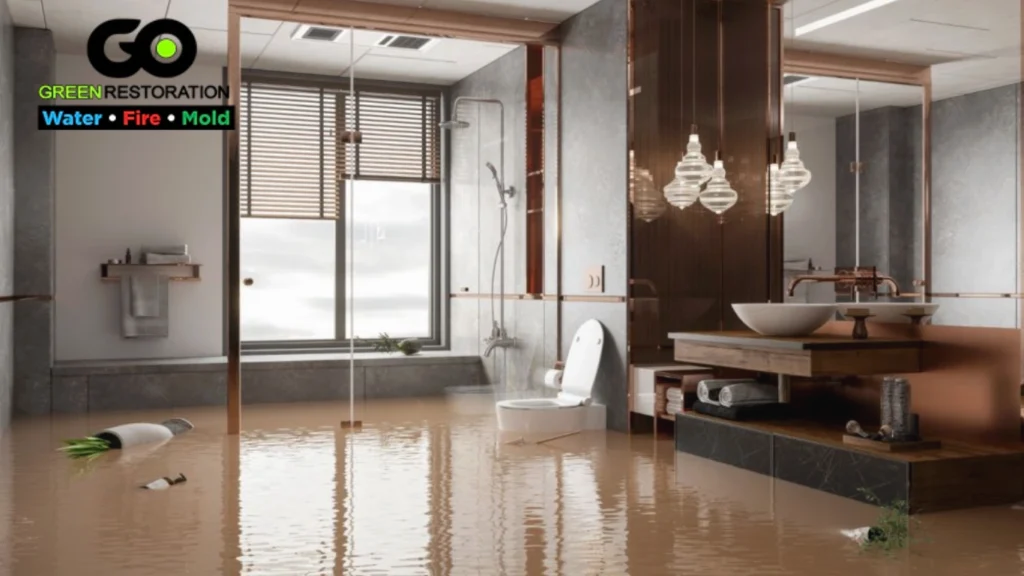Throughout history, civilizations have struggled with the impact of flooding and excess moisture. Before the invention of modern drainage systems, water intrusion often led to the gradual deterioration of buildings, warping wooden structures and compromising foundations. In ancient times, communities living near rivers and coastal areas had little recourse when storms caused flooding, leaving homes and gathering spaces vulnerable to long-term water exposure. Without professional water damage restoration, recovery relied on natural evaporation and primitive drying techniques, which often failed to prevent mold and decay.
The Rise of Engineered Solutions for Water Control
As societies advanced, so did their methods for mitigating water-related damage. The introduction of canals, aqueducts, and early plumbing systems helped control water flow, reducing the risk of structural damage from unchecked moisture. However, homes and businesses still lacked immediate solutions when flooding occurred. During the industrial revolution, engineering breakthroughs led to improved drainage technology, giving rise to pumps and sump systems that made water removal more efficient. These innovations laid the foundation for the modern water damage restoration industry, allowing professionals to intervene before extensive deterioration set in.
The Evolution of Restoration Practices
By the 20th century, water damage cleanup had become a specialized field. The development of powerful extraction equipment, including wet vacuums and industrial fans, helped accelerate the drying process. Scientific research also led to a better understanding of moisture’s effect on building materials, prompting the widespread use of dehumidifiers and antimicrobial treatments. As commercial and residential properties expanded in size, restoration companies adapted by offering comprehensive services to prevent mold growth and ensure structural stability. Today, infrared cameras and advanced moisture detection tools allow professionals to locate hidden water pockets, making cleanup efforts more precise and effective.
Applying Lessons from the Past to the Future
Modern restoration practices continue to evolve, integrating smart home technology and sustainable solutions to minimize the impact of flooding. Automated leak detection systems now prevent minor leaks from escalating into full-scale disasters, and AI-powered monitoring devices help property owners take proactive steps in moisture control. These advancements highlight how lessons from history have shaped today’s water damage restoration strategies, ensuring faster recovery, reduced repair costs, and better long-term protection for homes and businesses.
Learn more:
Early Water Extraction Techniques and Their Impact on Modern Restoration
From Buckets to Pumps: How Water Damage Restoration Evolved Over Time

